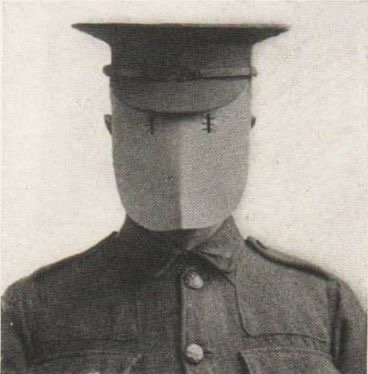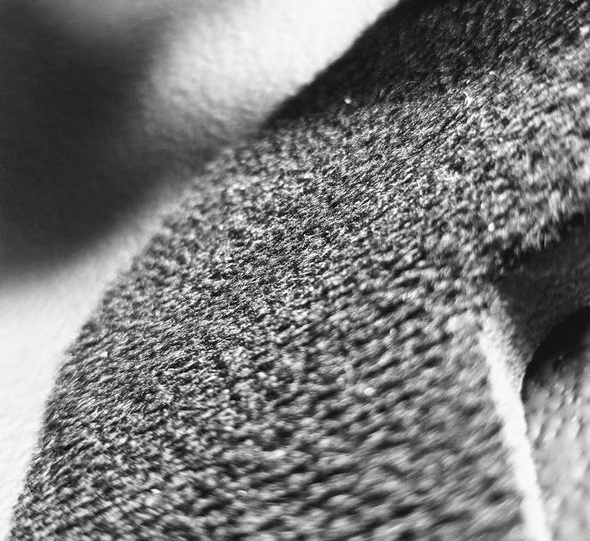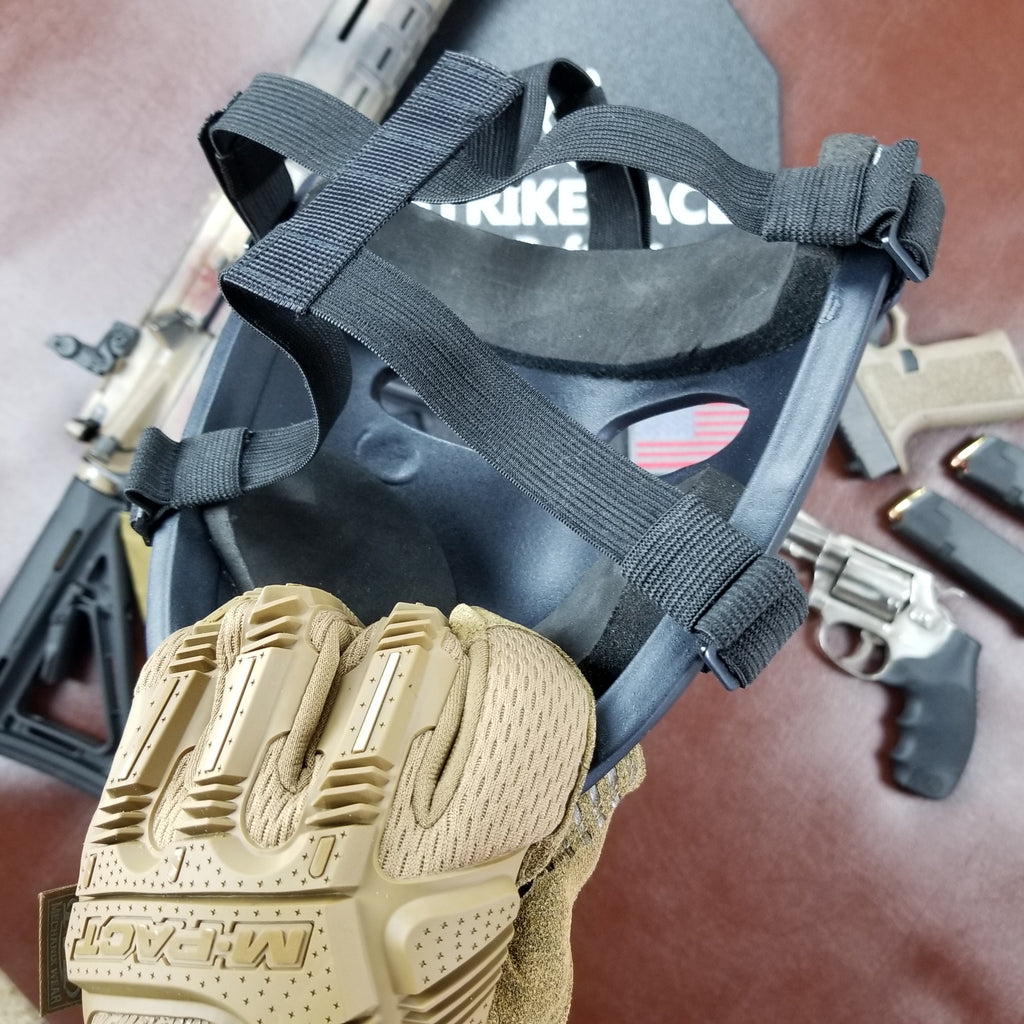Need to Save Face? Here Comes the Bulletproof Mask!
Are you wondering “What is a bulletproof mask”? Armored masks have appeared throughout history, dating back to the fourth century BC. One of the most iconic examples is the men-yoroi (meaning "face armor") worn by samurai during feudal Japan.

Its primary purpose was to shield the warrior’s face from deadly weapons such as katanas (swords), sai (daggers), shuriken (throwing stars), and houroku-hiya (hand grenades). Beyond protection, the masks were made with fearsome features to intimidate enemies.
As firearms became more prevalent, the need for stronger facial protection increased. This led to the development of the modern bulletproof mask.

One of the earliest attempts at facial protection came during WWI, with Allied troops wearing various steel-plated face guards. Fast forward to the 1980s, American Body Armor introduced the TAC-100R bulletproof mask. This was deployed in the field by elite military and law enforcement units for several years.

While bulletproof masks haven't seen widespread adoption like body armor due to their more specialized use, recent global events have sparked renewed interest. We thought it was the perfect time to provide an overview of modern bulletproof masks at Bulletproof Zone. We talk about what they are, what they're made of, how effective they are, who uses them, and more.

Exactly What is a Bulletproof Mask?
Also known as a ballistic mask, this type of facial armor is engineered to protect against ballistic and physical attacks. It differs from body armor and traditional helmets with dedicated protection for the face.
What Types of Bulletproof Masks Are There?
Half-Face Bulletproof Mask
- Extends over most of the face, from below the chin to just under the hairline.
- These masks are meant to be paired with a ballistic helmet as some of the forehead is left exposed.

Full-Face Bulletproof Mask
- Encloses the entire face, from beneath the chin to the top of the head.
- Meant to be worn on its own when a helmet isn't needed or practical.

What Are the Main Features & Specs of a Bulletproof Mask?
Features
- Appearance
A ballistic face mask undeniably creates an intimidating and imposing image. Its purpose is to strike fear in an adversary and to give the impression that the wearer is not to be trifled with. This can provide a tactical advantage in close-range situations.
Besides, the mask conceals the wearer’s identity. It protects both the individual and their loved ones from potential retaliation. Finally, wearing a mask can boost confidence by helping the wearer face high-risk situations with greater assurance.
- Shock Absorption
Bulletproof masks often feature compression padding on the inside. It’s made to enhance comfort and absorb impact when the mask is hit. Additionally, the foam padding creates a gap between the face and the mask. This promotes better air circulation to reduce heat buildup and minimize fogging.

- Mounting System
A bulletproof mask is secured to the face via multiple elasticated straps. These straps are attached at many points around the edges of the mask and converge at the back of the head. Be it a balaclava, communication gear, or glasses worn underneath, each strap on the mask can be adjusted for a secure and comfortable fit.
Specifications
The fully adjustable headband allows the single-size, curved design of a bulletproof mask to fit most faces comfortably. As for weight, bulletproof masks typically range from 1.2 lbs to 2.2 lbs. Most are black and free of any patterns. However, the most important feature of a ballistic face mask is its protective construction.
What is a Bulletproof Face Mask Made Of?
Bulletproof masks at approximately 10mm thick usually feature a wafer-thin outer coating. It also has a soft armor inner shell made primarily from densely woven, multi-layered para-aramid materials like DuPont Kevlar or Teijin Twaron. The ultra-strong yet flexible fibers of the soft armor form a web-like structure. This "catches" an incoming projectile and flattens the tip to reduce its potential to cause damage.
This process absorbs most of the bullet’s energy and distributes the remaining force across the mask. It helps minimize the impact transferred to the face and prevents the force from being concentrated in a single spot. Now, let’s look into how bulletproof masks perform under ballistic and other forms of assault.
Do Bulletproof Masks Work?
First off, no body armor in the world is completely bulletproof and a ballistic face mask is no exception. These masks are better described as bullet-resistant. The soft armor in a bulletproof mask is tested and rated according to the United States National Institute of Justice's (NIJ) 0101.06 Standard. Based on their level of protection, they are classified as NIJ Level IIA, NIJ Level II, or NIJ Level IIIA, with increasing resistance to gunfire.
Today, most ballistic masks are rated at Level IIIA. Under lab conditions, they can withstand multiple hits—up to half a dozen—from most handguns. This includes the .44 Magnum and lesser ballistic threats. While that sounds promising, how do they hold up in real-world situations?
Even without penetration, bullets carry immense energy. While most of that energy is absorbed by the soft armor upon impact, the remaining force is often enough to cause the armor to push back into the wearer’s face. The extent of this deformation and the severity of any resulting injuries depends on several factors. It includes the bullet's speed and size, the distance from the shooter, the angle of impact, and more.

It's also necessary to note that the face is far more vulnerable to blunt-force trauma than the body. Additionally, the surface area of a mask is much smaller compared to something like a bulletproof vest.
At the mildest, a wearer hit while wearing a ballistic mask might suffer a concussion, severe headache, bruising, and possibly facial fractures. Still, these masks have proven effective against light blast debris and lower-velocity, small-caliber handgun rounds.
However, anything more powerful would likely result in fatal injuries due to the sheer impact force alone. As for rifle rounds, they can easily penetrate even the strongest bulletproof mask. Defeating those requires hard armor materials like steel or ceramic. However, a mask made from such materials would be far too heavy and impractical for use.
Who Wears Bulletproof Masks?
While bulletproof masks may not be standard gear, they still serve as a key purpose. They're worn in specific situations by individuals who face a high risk of bomb fragments or gunshots to the face.
Armed Forces
Bulletproof masks are typically used by turret gunners operating outside the wire. It’s also used by those on sentry duty, overwatch, or serving as the point man on entry detail. However, they are not commonly worn by soldiers on foot patrol.
Bulletproof masks have been issued to select military groups:
- S. Special Operations Command [SOCOM] operatives during the Global War on Terror campaigns in Iraq and Afghanistan.
- Republic of China (Taiwan) Army Special Forces.

Law Enforcement
Bulletproof masks are used in situations like riot control, narcotics busts, hostage rescues, high-risk warrant executions, active shooter responses, and other similar incidents. However, they are generally avoided by community peace officers, partly due to public relations concerns.
Bulletproof masks have been utilized in service with key law enforcement agencies:
- S. Special Weapons And Tactics [SWAT].
- S. Drug Enforcement Administration [DEA].
- S. Bureau of Alcohol, Tobacco, and Firearms [ATF].
- S. Department Of Justice [DOJ].
- The former Tactical Crisis Resolution Unit (UTARC) of the Bolivian National Police Corps.

Civilians
As the newest piece of 'tacticool' gear, bulletproof masks are a hit among airsoft and paintball enthusiasts. However, wearing one while walking into a Walmart would likely cause panic and almost guarantee you’d be detained—not your best move!
Which Are the Best Bulletproof Masks?
In our professional opinion, here’s our pick of the best-reviewed bulletproof masks out there:
Atomic Defense Level IIIA+ Bulletproof Masks
- Anti-reflective finish prevents glare from giving away the wearer’s position.
- Kevlar armor offers NIJ Level IIIA-graded bullet resistance. Not to mention, unofficially, a degree of protection against stabs/slashes from a knife or spike.
- High-Density Polyethylene (HDPE) molds to the contours of the face for a naturally comfortable fit
- A trio of shock-absorbing pads on the inside of the mask cushion the entire forehead/temples/brow and cheeks
- Improved EverLast holding bands can withstand thousands of uses without losing their elasticity
- All fabrics and paint are water and flame-repellent
- Universal sizing
- Black
- A duo of models up for grabs:
Atomic Defense Level IIIA+ Full Length Ballistic Mask
- 6-point retention
- 2 lbs in weight
Atomic Defense Level IIIA+ Helmet Cut Ballistic Mask
-
5-point retention
-
1.75lbs in weight
What Are the Alternatives to a Bulletproof Mask?
Like all types of armor, even the best ballistic face mask has its limitations. For one, it leaves the wearer’s eyes unprotected. Additionally, even half-face masks which have larger eye openings, can reduce peripheral vision. This can affect situational awareness.
Another concern is that masks can dehumanize the wearer in the eyes of their opponent. It potentially makes them an easier target emotionally.
Depending on mission needs, there are alternative armor solutions that bring facial protection against small arms fire, fragmentation, and thrown objects:
Ballistic Shield
Bulletproof shields are typically used by police and occasionally by military tactical teams when there’s little to no cover available. These shields are deployed in both defensive and offensive operations. They are often used in situations such as setting up a perimeter or advancing through a narrow corridor toward a barricaded armed suspect or felon.

Ballistic Visor
Typically worn in combination with a combat helmet, welder-style bulletproof face shields are used by both military and police forces. They are most commonly deployed during explosive ordnance detection, neutralization, or disposal operations.
A bulletproof face mask can be a life-saving asset in specific situations. It’s especially valuable during close-quarters combat. It protects lower-caliber, slower-moving pistol rounds, bullet fragments, and minor shrapnel.
Browse the Bulletproof Zone ballistic masks collection and take advantage of our:.

- Price match guarantee
- Safe payment system
- Military and Law Enforcement/First Responder discounts.
- Financing options
- Complimentary shipping in the U.S. on all orders over $100
- Hassle-free returns
Before you leave, we'd love to hear your thoughts on bulletproof masks! Share your opinion in the comments section!









